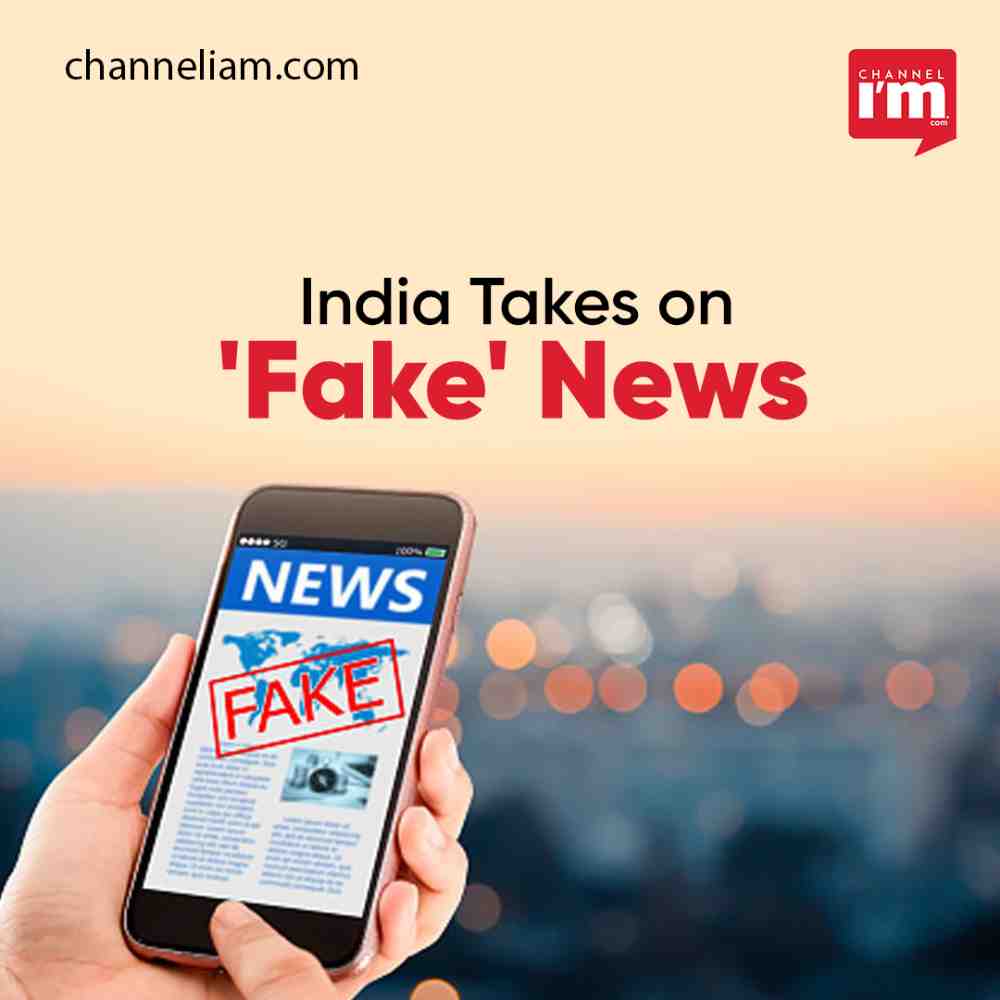
In a recent development, the Indian government has issued directives to YouTube to add disclaimers to channels suspected of spreading ‘fake’ news. This decision is part of a broader effort to combat online misinformation in the lead-up to the Assembly and Lok Sabha elections. The move has garnered attention following previous controversy surrounding the government’s plan to establish a fact-checking unit, which raised concerns about potential censorship.
Ministry of Electronics and Information Technology Takes Action
The Ministry of Electronics and Information Technology (MeitY) has taken the lead in addressing the issue of online misinformation. In a memorandum sent to various digital platforms, the Ministry has urged significant social media intermediaries (SSMIs) to take action against the dissemination of ‘fake’ news and unlawful content. The memorandum also calls for the implementation of disclaimers on suspicious channels, particularly on YouTube.
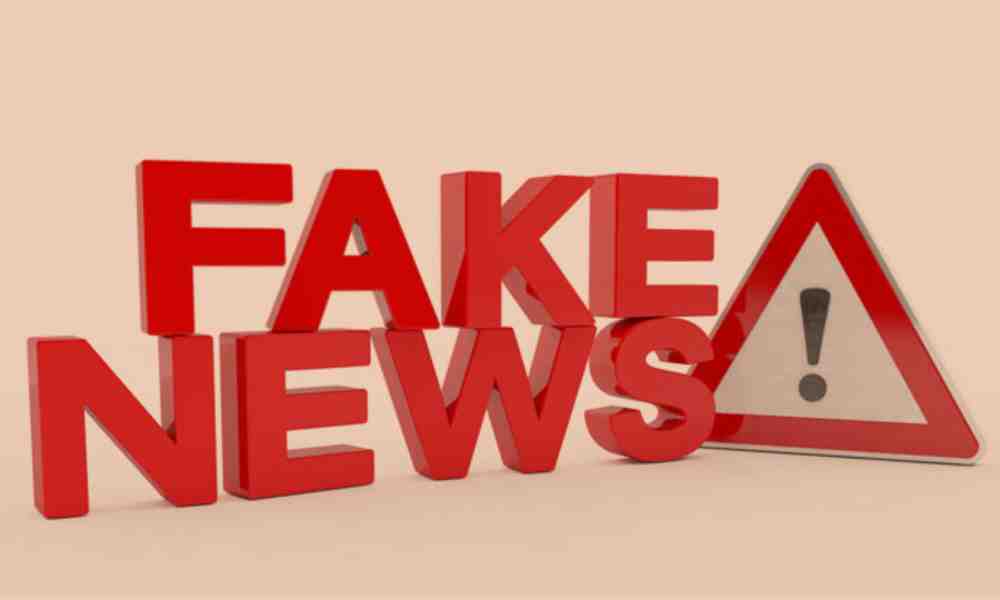
Lack of Clear Definition Raises Concerns
While the directive instructs digital platforms to tackle ‘fake’ news, it does not provide a clear definition of misinformation or explain how to distinguish it from user-generated content. This ambiguity has led to questions about the practicality and fairness of implementing such measures.
The Origin of the Recommendations
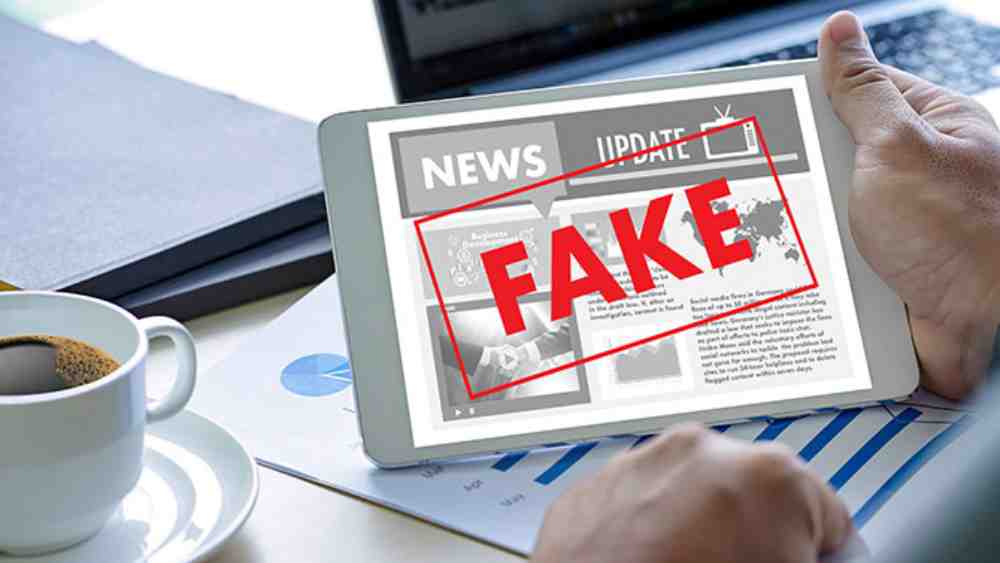
The recommendations to address misinformation and improve content quality emerged from a meeting involving the Parliamentary Standing Committee on Communications and IT, MeitY officials, the Competition Commission of India (CCI), and representatives from social media companies. This committee is exploring the possibility of enacting a stronger law to address misinformation, defamatory content, and obscenity on social media platforms. These measures could be introduced in the Winter Session of Parliament.
Impact on YouTube and the Online Landscape
YouTube, which boasts 467 million active users in India, faces a significant compliance challenge with this new directive. India is its largest user base globally. The implications for YouTube and its creative ecosystem, which supports numerous jobs, are substantial. News content, in particular, holds a significant presence on the platform, with many users turning to YouTube for credible news sources.
Challenges in Fact-Checking and Regulation
Fact-checking online content and government directives on misinformation have long been contentious topics involving the government, intermediaries, and free-speech activists. The diverse nature of online content, which ranges from satire and parody to AI-generated imagery, makes fact-checking a complex task for platforms.
Efforts to Combat Misinformation
To address the issue, YouTube has implemented anti-misinformation policies, removing thousands of channels and videos globally in 2023. The Information Technology (Intermediary Guidelines and Digital Media Ethics Code) Rules, 2021, require intermediaries to make reasonable efforts to prevent the sharing of false or misleading information. An amendment in April 2023 extended this rule, obligating intermediaries to remove government-related content flagged as fake.
Industry Efforts to Self-Regulate
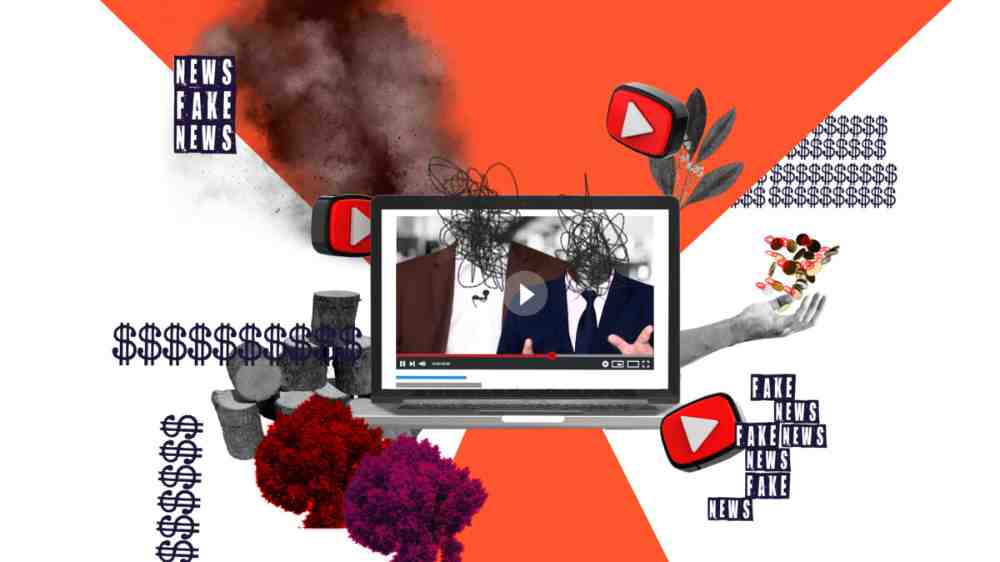
Reports suggest that the industry consortium Misinformation Combat Alliance (MCA) was considering the creation of a self-regulatory organisation (SRO) to fact-check non-government-related content. However, there have been no updates on this front.
Focus on Internet Safety
The Ministry’s latest directive also calls on online platforms to share their community standards, safety strategies, and information about their corporate social responsibility activities over the past five years. These measures aim to strengthen cyber safety, particularly for children, by enhancing safeguards and parental supervision.
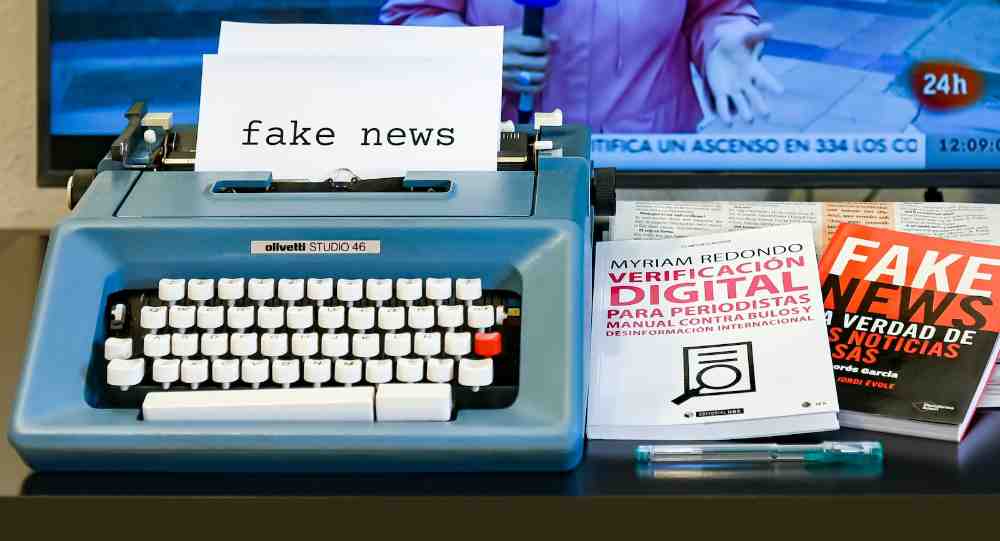
In summary, the Indian government’s decision to require disclaimers on YouTube channels spreading ‘fake’ news is a part of a broader effort to combat online misinformation, but it faces challenges regarding the lack of clear definitions and concerns about potential censorship. The move raises questions about the impact on YouTube and the broader online landscape while highlighting the ongoing debate surrounding fact-checking and content regulation.
